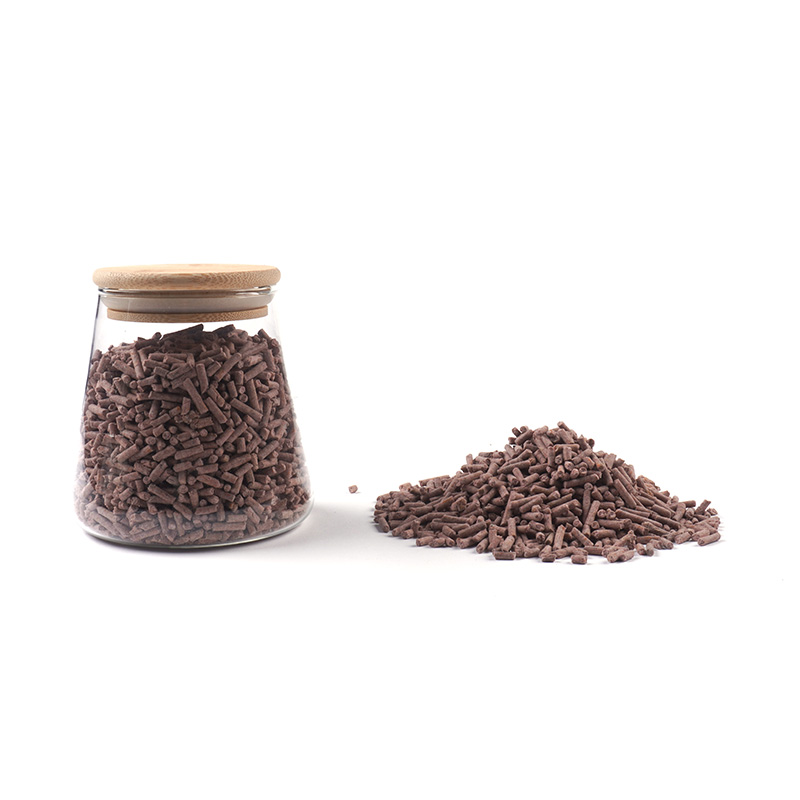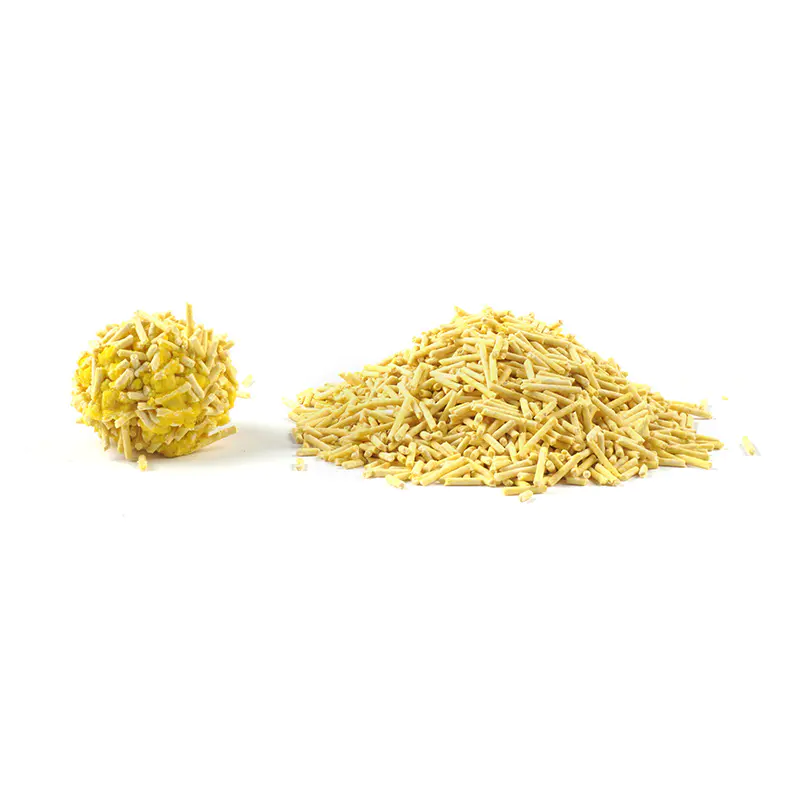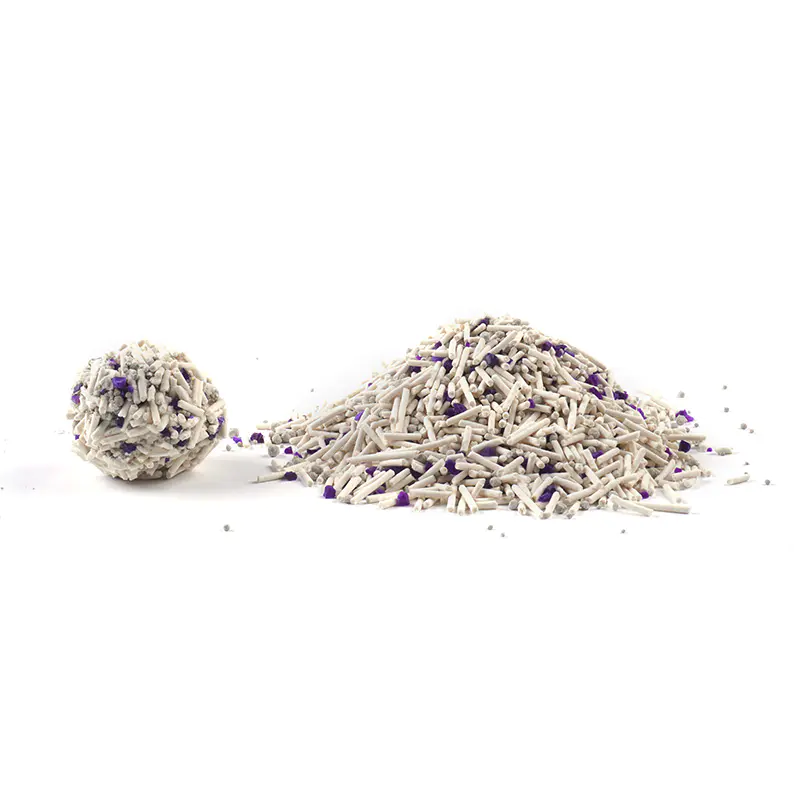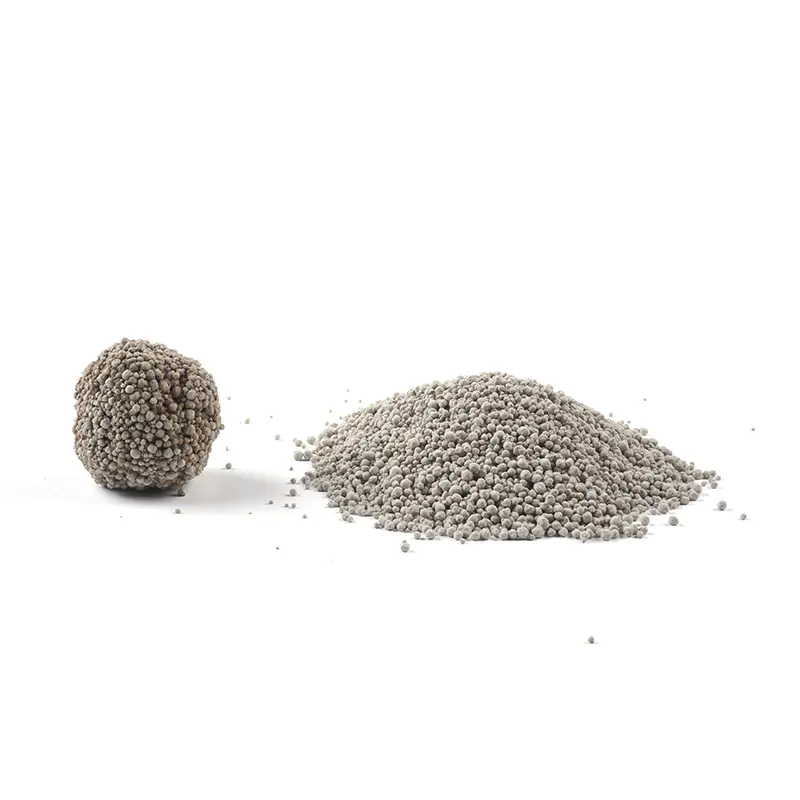
Industry News
Every cat owner knows the struggle of maintaining a fresh-smelling home. Deodorizer cat litter is designed to neutralize odors, but with so many options, how do you choose? This guide covers the key features of effective odor-control litter, including low-dust deodorizing litter, clumping odor control litter, and natural cat litter for smell.
Cat urine and feces contain ammonia and sulfur compounds that create strong odors. Standard litters may mask smells temporarily, but advanced odor neutralizing litter chemically neutralizes them. Benefits include:
| Type | Key Features | Best For |
| Clumping deodorizing litter | Forms tight clumps, often with baking soda or charcoal | Easy scooping, daily odor control |
| Silica gel odor control litter | Absorbs moisture and traps odors in crystals | Low maintenance, long-lasting |
| Natural deodorizing cat litter | Made from wood, corn, or walnut shells; plant-based enzymes | Eco-conscious owners, cats with sensitivities |
| Non-clumping odor control litter | Typically uses carbon or zeolite minerals | Traditionalists, some long-haired cats |
Not all smell-proof cat litter works equally. Look for these features:
High-absorbency litters (fast-acting odor control litter) lock in moisture before odors spread. Clay and silica gel lead in absorbency.
Litters with pH modifiers neutralize urine's alkaline properties, combating ammonia smells.
Low-dust deodorizing litter reduces respiratory irritants for cats and owners.
Even the best long-lasting odor control litter needs proper use:

For those preferring chemical-free deodorizing litter:
Even with 7-day odor control litter, complete changes are needed every 2-3 weeks to prevent bacterial growth.
Some cats may react to perfumes or dust. Opt for hypoallergenic odor control litter if sensitivities exist.
Fragrances only mask smells temporarily. Unscented odor neutralizing litter with active ingredients works better long-term.
Choosing the right deodorizer cat litter involves balancing absorbency, materials, and your cat's preferences. Whether you prioritize clumping odor control litter for easy cleaning or natural cat litter for smell for eco-friendliness, consistent maintenance remains key to a fresh home.

Tofu Cat Litter

Tofu Cat Litter

Mixed Cat Litter

Mixed Cat Litter

Bentonite Cat Litter


Got Questions? Call us 24/7

+8615263229311
No.88, Quandu Road, Xigang Town, Tengzhou City, Shandong, China. (Sincere Industrial Park)

OEM Cat Litter Manufacturers Bulk Cat Litter Wholesale Biodegradable Cat Litter Company
